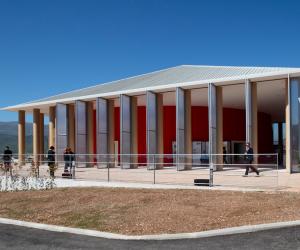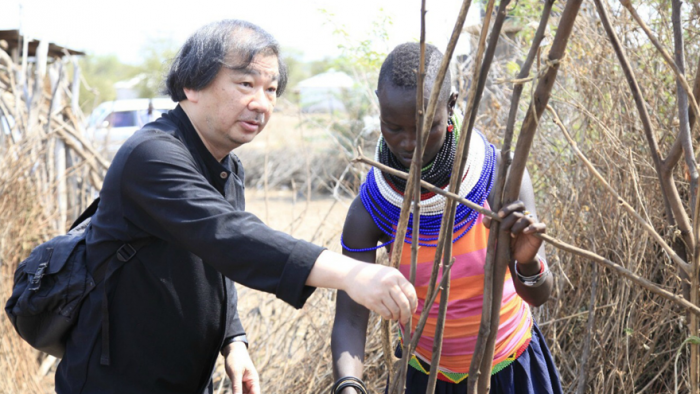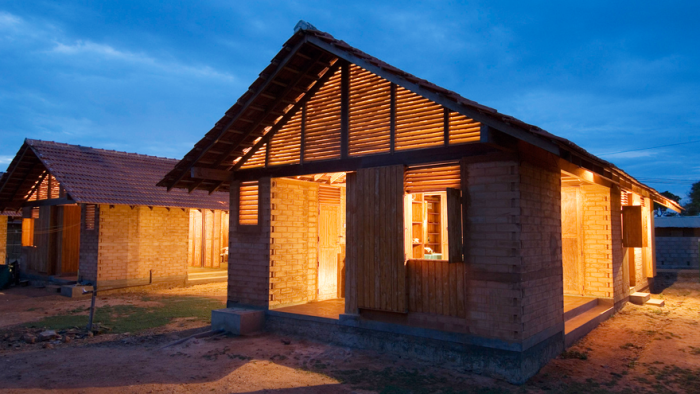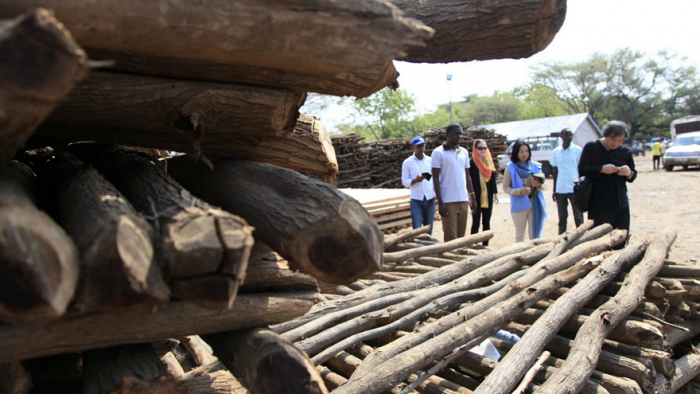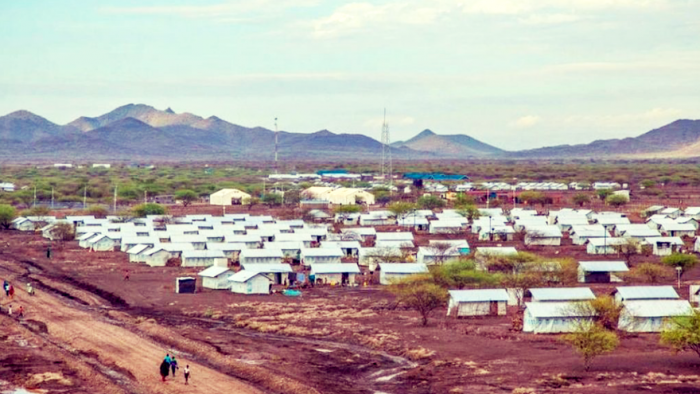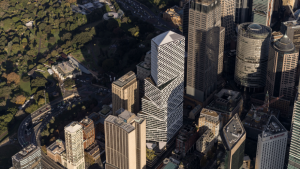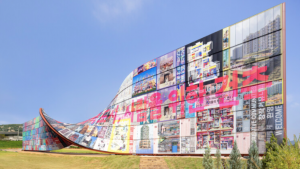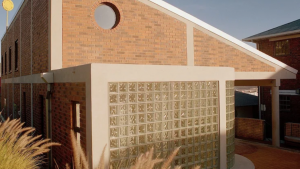From the Series
Internationally-renowned architect Shigeru Ban has recently turned his efforts to the refugee crisis in Kenya. With a history in humanitarian aid and a mind for sustainable design solutions, Ban has designed a prototype home that would alleviate the strain currently felt by residents of the Kalobeyei Settlement.
Following the recent closure of the Dadaab settlement, local governments have evacuated all non-Somali people to the refugee camp in Kalobeyei which has taken in approximately 17 000 new inhabitants during the first half of 2017.
Naturally, this has put the community in a precarious situation as there are not enough homes to accommodate the influx of displaced people. The area also suffers from a lack of potable water and significant geographical remoteness. Given Kalobeyei’s considerable distance from the country’s capital of Nairobi, authorities have found it difficult to secure resources to sustain the new population of Kalobeyei which has risen to almost 40 000 people.
To aid in this dilemma, Ban has designed a low-cost housing prototype that is slated to provide at least 20 000 refugees with a durable roof over their heads. The Japanese designer has long been a proponent of using locally-produced, low-impact materials in the creation of living spaces and the Kalobeyei Refugee Settlement is no exception.
Speaking to ArchDaily, Ban said, “The key thing will be to design and construct shelter where no or little technical supervision is required, and use materials that are locally available and eco-friendly. It’s important that the houses can be easily maintained by inhabitants.”
During a recent expedition to the stressed settlement, Ban inspected some of the existing housing structures and found that they too would have to be replaced by a more efficient housing model, as older buildings require repair and costly maintenance that the community simply cannot support. A preliminary batch of 20 low-cost homes will be built in the central part of the refugee settlement. If deemed successful, production of the chief volume of shelters will commence.


